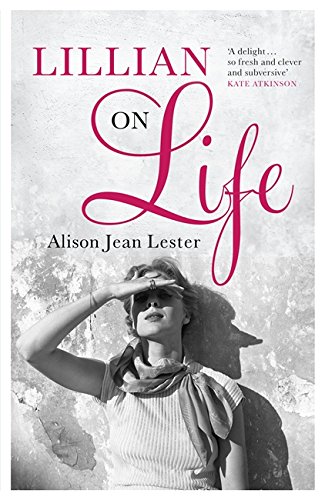A friend who makes her living writing freelance nonfiction told me once that she wasn’t comfortable unless she had a dozen proposals out in the market. She needed a dozen balls in the air to feel secure that one would land in her hand.
For me, a fiction-writer, the analogy feels more like a game of tennis where I suspect I’m the only one playing. I’ve got my basket of balls by my feet, and I lob them over the net, but there’s no one visible on the other side. There’s no court over there either, just a dark abyss. I hear the ball as it hits my racket. I don’t hear it land. As writers we have to be able to juggle, and to hit balls out to the industry with increasingly good aim. Equally importantly, though, we have to be able to wait.

Sometimes it’s only four days, but a very long four days. For example, my agent had a meeting one Friday that was likely to have a big impact on my future, but because I’m in Singapore and he’s in New York, I was asleep when the lunch took place. His weekends are sacrosanct, and he exercises every morning, not getting to his desk until my early bedtime. Plus, difficult as it is for me to admit, I’m neither the only nor the most important writer in his stable. As a result, I didn’t know about the result of the meeting until my Tuesday morning.
Sometimes it’s four months. That’s usually how long the various journals tell us to wait in their submission guidelines: “If you have not received a response from us within 120 days, we will be happy to receive email enquiries and will do our best to respond. Please do not call the office.” Sometimes journals beg more patience: “Writers are welcome to query after six months; please do not query until that point.”
Sometimes it’s eighteen months. I signed the contract for Lillian on Life in July 2013, and it was in very good shape; the editing process didn’t take long at all. It didn’t come out until January 2015.

All of the above is the good news.
The bad news is that sometimes it’s forever. We wait forever, and ever, and ever, because sometimes there’s only silence. There are journals who make no promises regarding getting back to you. Ditto agencies. In these cases, we have to decide how long we want to wait before acting.
In all cases, we must be patient. Resistance is futile.
While writing this I’ve been thinking about the card game called patience. I’ve played patience, and I’ve never found that it challenged my calm or my self-control. On the contrary. It passes the time, when something else is making me climb the walls.
So here’s my recommendation to anyone with precious balls of writing arcing silently into the abyss: Develop the game of patience that works for you. Here are a few suggestions to shuffle through.
Make a submissions chart
(No doubt many of you already do, and I’m happy to have your indulgent pats on the head for figuring out how helpful this is after over 20 years of effort.) Put the date of submission on the chart, and then the date after which you are allowed to check in with the editor about it. Even better, put a reminder in your calendar so that you don’t have to check the chart at all.
Embrace simultaneous submissions
Sometimes we spend so much energy hoping to be published in a few selected journals that we limit our chances of being published anywhere. Back when I first started sending short story submissions out, there was no Internet, so it was difficult to know what avenues were available and what sort of writing they preferred. Today we have no excuse for not sending our work far and wide. By all means keep sending stuff to your holy grail, but populate your submissions chart with a range of targets.
Get on Twitter
I can’t believe I’m saying this, after unequivocally telling my publishers less than a year ago that I would never tweet. The key for me in feeling comfortable there lies in not using it to get attention on Twitter so much as to learn more about the creative writing world and to make interesting contacts. I only follow writers and literary organizations, and I have read more short stories by writers I hadn’t heard of in journals I hadn’t heard of in the last three months than I had in the previous three years. Twitter is where I learned about Writer’s Edit, in fact, and now look!
Write
This is the trump card. I find I only get unbearably agitated about the silence if I’m not working on something. I’m currently waiting for my agent’s feedback before sending my new manuscript to my publishers. Sending it to them will take about five minutes. Then there will be more waiting while they read it, and no guarantee that they will read it right away. At times like this I try and zoom out to the big picture. To the enormous picture. I zoom out and out and out to get a bird’s eye view of the lifetime of writing I’m planning for myself, and from way up there I can see the few months of waiting as a mere blink on the timeline. I sit down at my desk and get to work.
2 responses to “The Waiting Game: Strategies for Patience in the Publishing Industry”
This is excellent, practical advice – I’m going to put some of these suggestions to work right away. Thanks Alison!!
Thanks so much for this article – these are great tips that I look forward to implementing.